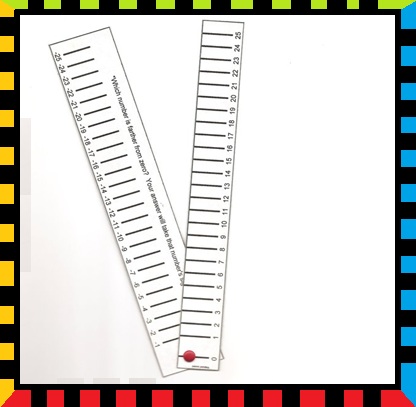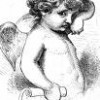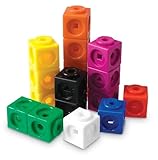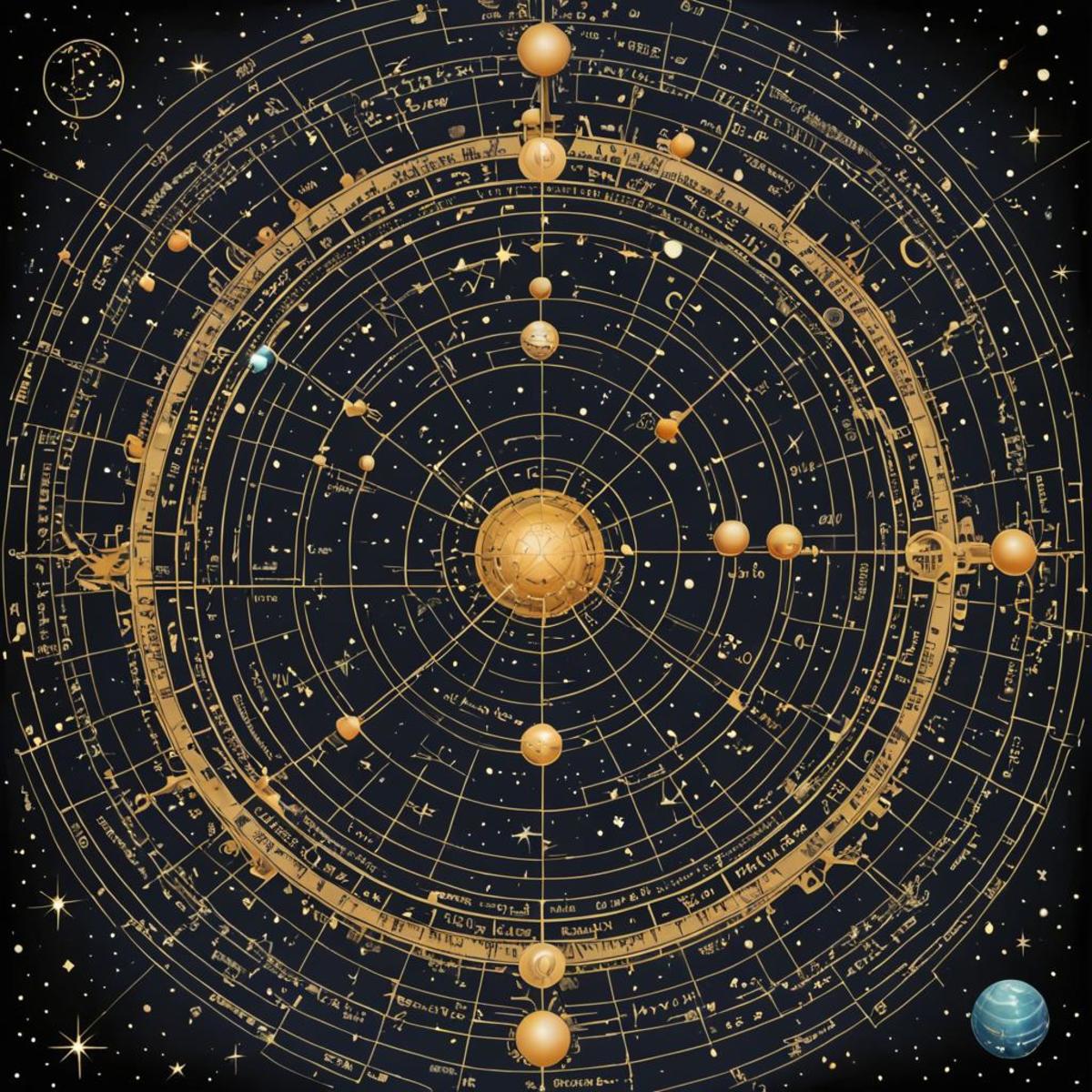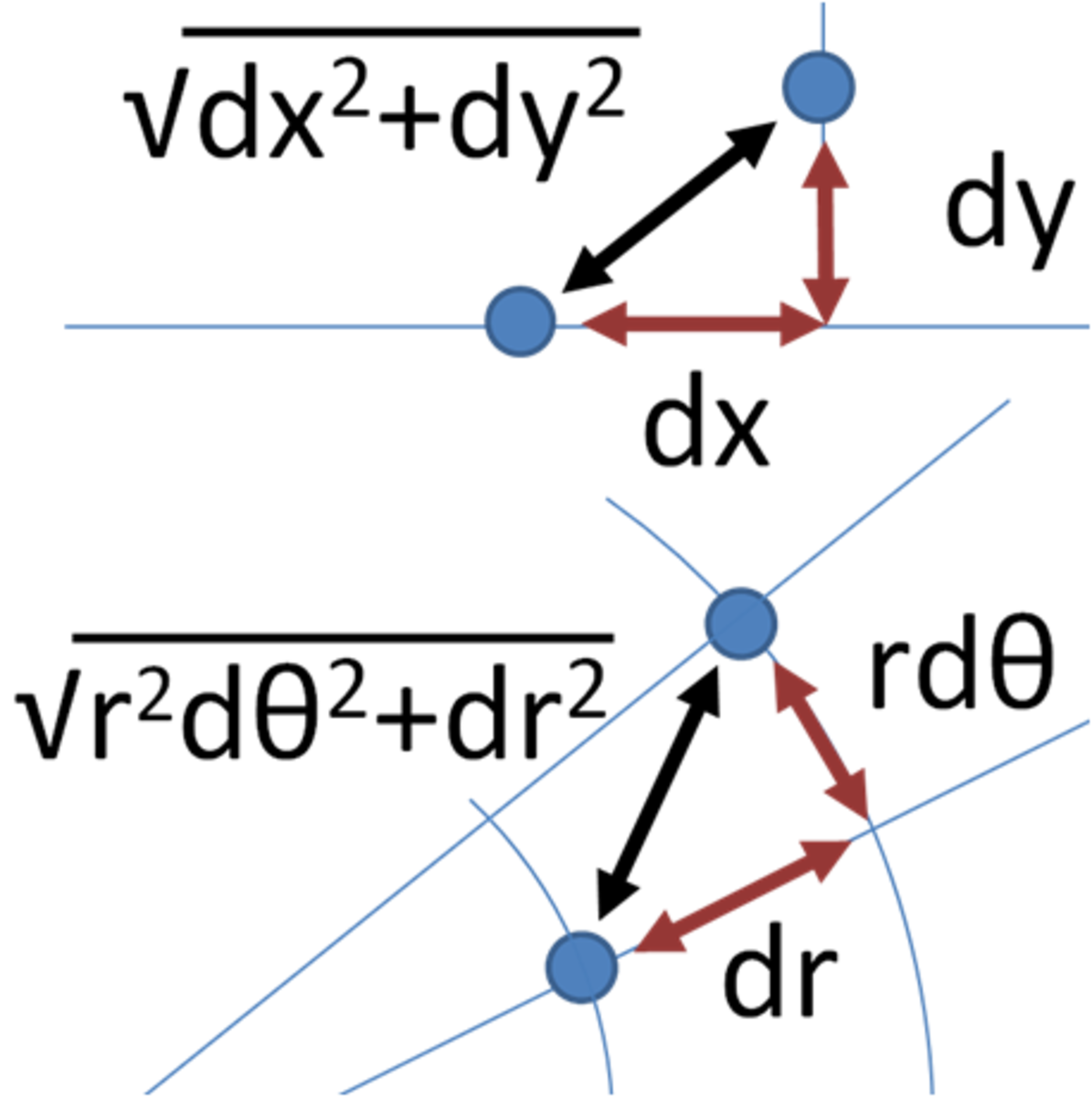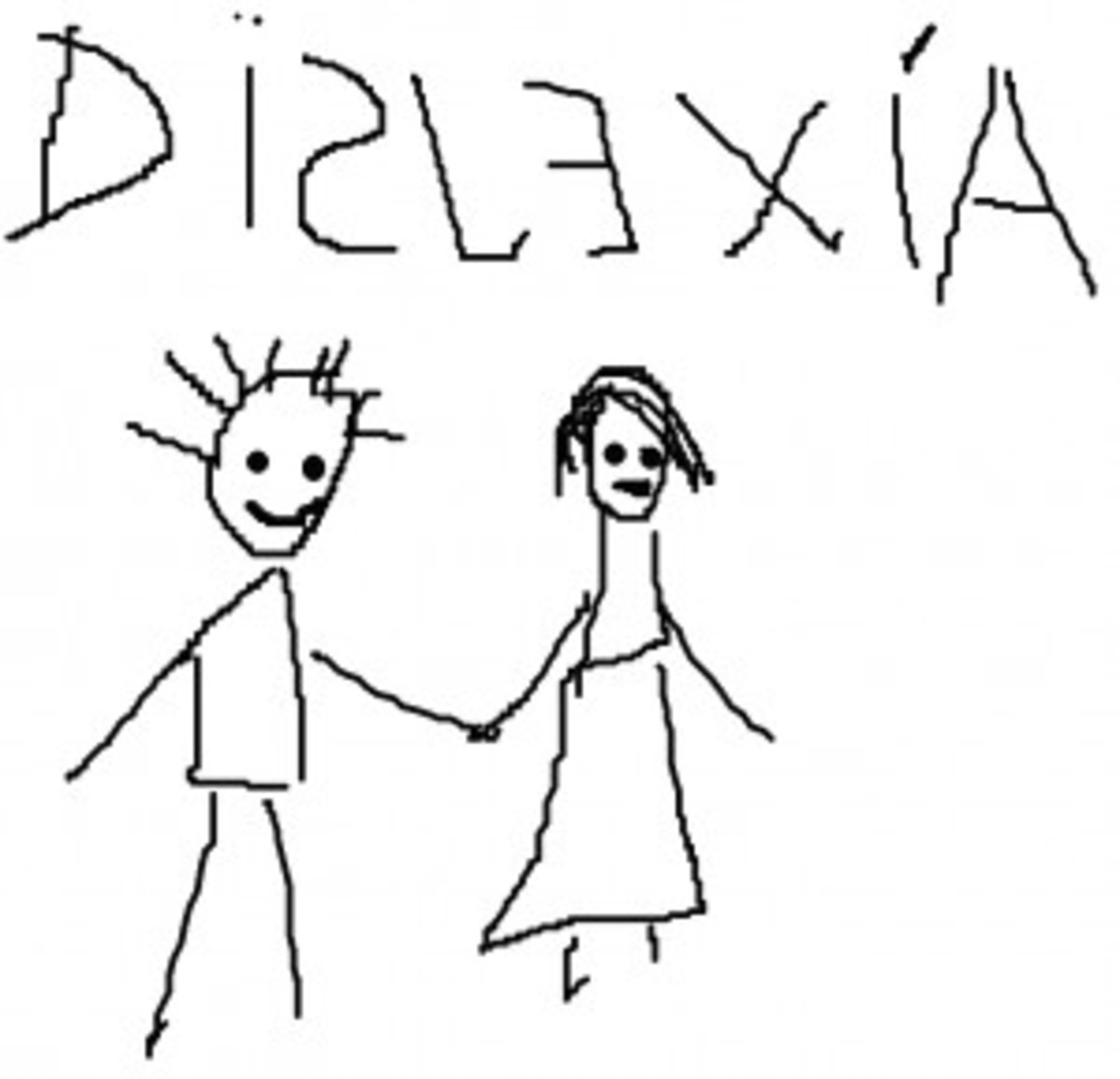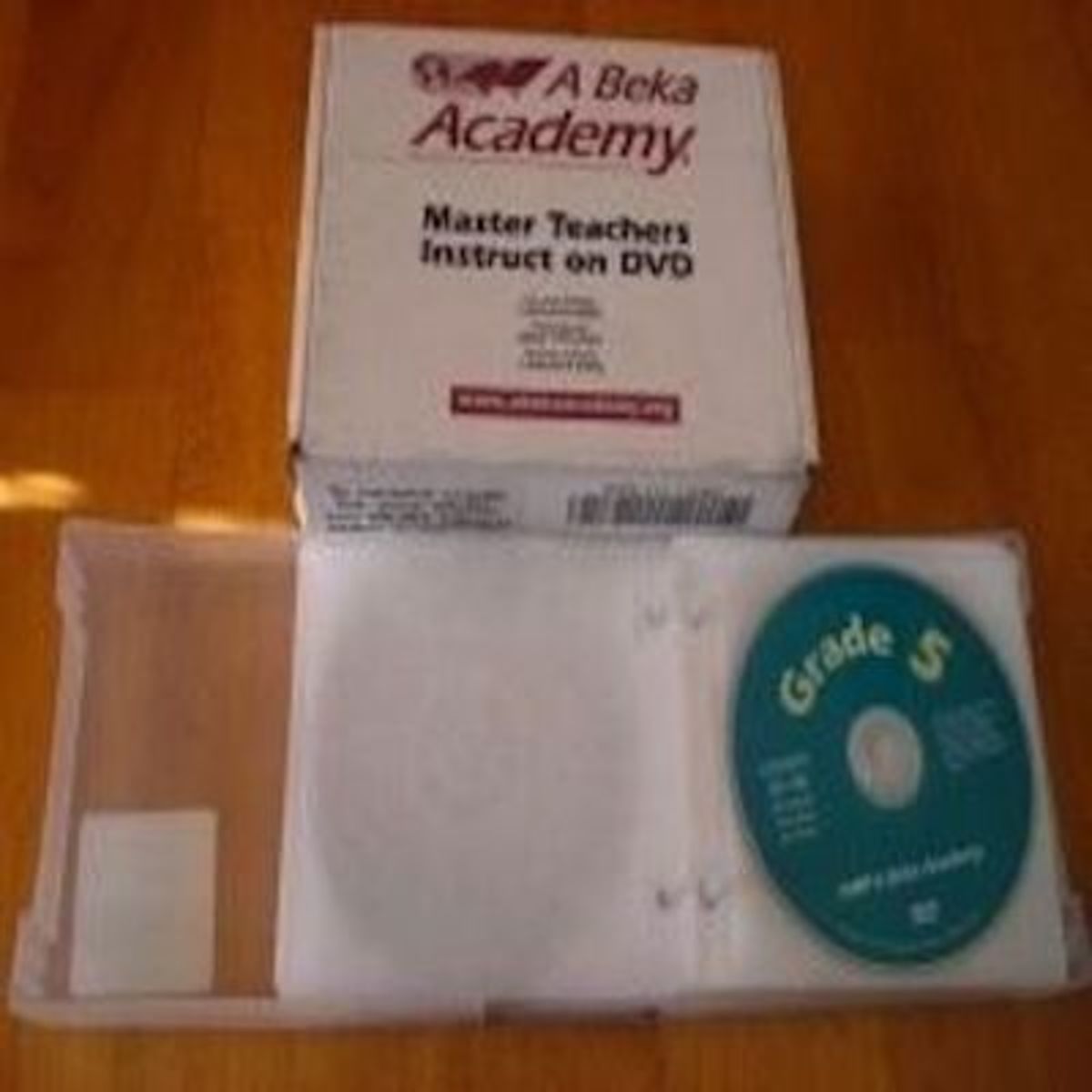Understanding How Math Works
A great book that can help you teach your child math concepts from an early age
One thing about math which nobody talks about is the nomenclature. You know, the jargon that mathematicians use. If your child is able to get a grip on this lingo as early as possible, then he will be able to "pre-digest" some of these things that he will then encounter later on as he progresses through the world of mathematics. Of course, you are not going to be able to teach your young child calculus right away, but you can teach him the words that he will need to know in order to understand how calculus actually works. This is why it is a good idea to teach your child this terminology while they are still young. You can easily "integrate" these math vocabulary words into your daily life. Doing so will help your child to be able to "function" better as you push them to their "limits" in math. (Take a moment to notice that the words in quotes are actually mathematical terms.)
If you would like to have a great book help you with this then you really should pick up a copy of "G is for Googol," which is from Tricycle Press. This book will only cost you $16 and you can easily pick it up at Amazon.com if you would like to purchase it online. Once you look at this "alphabet" book you will see that its purpose is not to teach little children to read. Instead, in this 57 page, oversized, fully illustrated hardcover book you will find that there is a lot of advanced math explained in terms that young children are able to understand. For instance, the book starts with the letter "A is for abacus." On this page there is a picture of an abacus. You will also get to learn about the history of the abacus. You will also get to see how an abacus works. Then each of the other letters of the alphabet will stand for another important word in the mathematical language. This does not have anything with such wimpy stuff as addition or fractions. Instead you will see the following words pictured, defined and explained: Abacus, Binary, Cubit, Diamond, Equilateral, Exponent, Fibonacci, Googol, Googolplex, Hundred, "If," Jupiter, K?sberg, Light-year, M?s Strip, Nature, Obtuse, Probability, Quantity and Quality, Rhombicosidodecahedron, Symmetry, Tesselate, Unit, Venn Diagram, "When are we ever going to use this stuff, anyway?," X, Y-axis, Zillion.
Each of these aforementioned words is explained in a way that is easily understandable. The pictures are very brightly colored and even the diagrams are easy to understand. As an added bonus, each letter also has a list of other math concepts that start with the same letter. For instance, while the letter "A" is for Abacus, you will also find the words acute, algebra, angle, art, architecture, area, asymmetry, average and axis listed on this page. While they do not have any definitions listed on these pages, they are defined at the end of the book in the "bonus list." However, if you just have a little bit of mathematical training you can easily use this list of words to inspire you to further explore and explain mathematical terminology.
Understanding How Math Works
